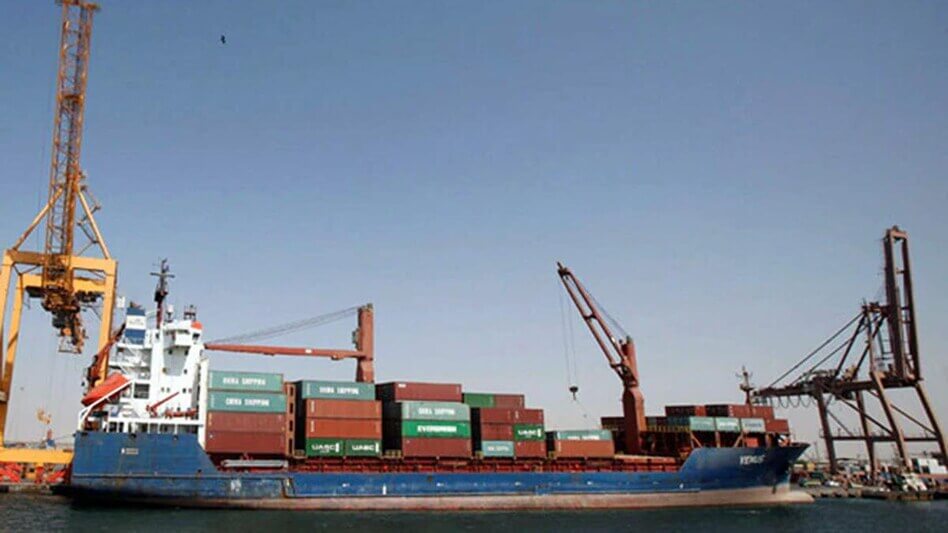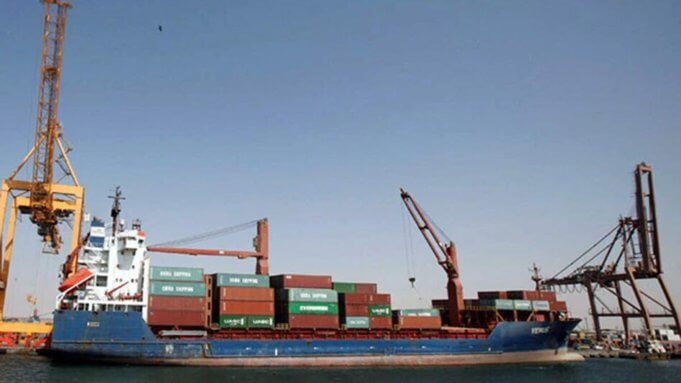 The port, which handled ~30 MMT cargo in FY22, is expected to handle more than double the current cargo at 66 MMT by FY 25. The target for FY23 is to manage cargo volumes over 40 MMT. Currently, a new container facility of 0.8 MTEUs is under commissioning and is expected to complete by Jul ’22. Already, contracts for 150,000 TEUs (~2 MMT) of container cargo handing have been tied up, which is expected to go up to ~400,000 TEU (~6 MMT) of containers by FY25.
The port, which handled ~30 MMT cargo in FY22, is expected to handle more than double the current cargo at 66 MMT by FY 25. The target for FY23 is to manage cargo volumes over 40 MMT. Currently, a new container facility of 0.8 MTEUs is under commissioning and is expected to complete by Jul ’22. Already, contracts for 150,000 TEUs (~2 MMT) of container cargo handing have been tied up, which is expected to go up to ~400,000 TEU (~6 MMT) of containers by FY25.
The growth is tipped to various catalysts, including commencement of NMDC plant at Nagarnar in FY23, rising Steel EXIM from names such as SAIL, Rashtriya Ispat Nigam Ltd (RINL), JSW Steel and JSPL with operations in the GPL hinterland, and significant momentum being observed for export of agricultural products such as wheat from North India, and rice, tobacco, and chillies from the Guntur belt in Andhra Pradesh.
From a medium-term perspective, privatization of RINL is a key growth catalyst. RINL is an anchor client of GPL, and the port gets 7 MMT of cargo from the steel plant, contributing more than 20 percent of its business. The fact that the central government is planning to privatize RINL works in favour of the GPL, as privatization will pivot RINL expansion (currently, only 6,000 acres of the 23,000 acres land is utilized), which will eventually provide a material boost to the cargo volumes at the GPL.
With GPL’s closest competitor Vizag Port being city locked, GPL is all set to grow with the increasing industrial activity in the region. It is a multipurpose port located in the east coast making it unique in both natural and economic aspects. It is strategically located making it the deepest draft in the country and the adjacent hills give it protection from cyclones in the Bay of Bengal. From an economic perspective, the USP is the large concession period of 50 years, a revenue sharing arrangement better than the entire portfolio of APSEZ ports; in addition to its proximity to Steel, Ferroalloy, Aluminium, Thermal Power & Cement industries in the hinterlands of Central & Northern Andhra Pradesh, Telangana, Madhya Pradesh, Chhattisgarh, and Southern Odisha.
While presently the key cargo basket of the port constitutes dry cargo such as coal, steel, and other minerals, but with APSEZ stepping in and expanding the total port capacity with addition of 800,000 TEUs container terminal, container cargo is set to take-off.
Currently, APSEZ holds 41.9% stake in GPL and is expected to complete 100% stake acquisition during the current quarter.











